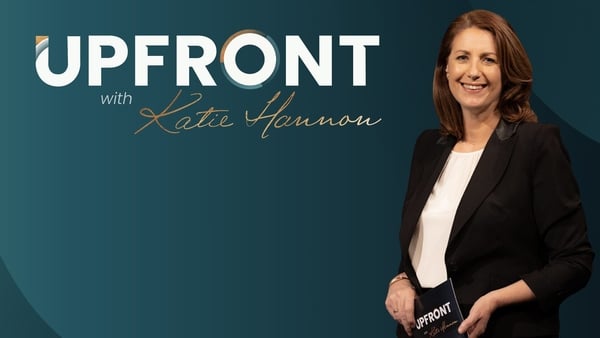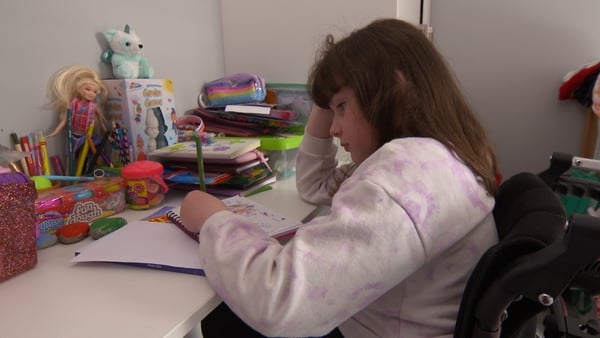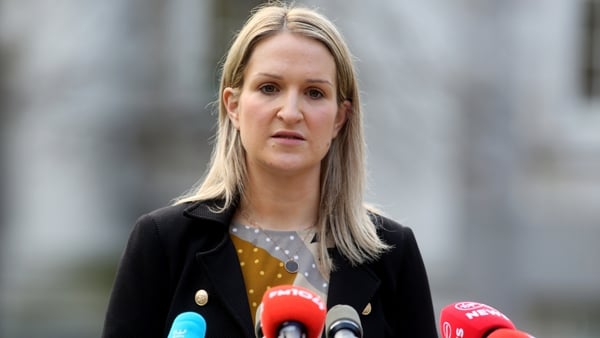Ireland has a problem with vacant and derelict buildings. Once you start looking for them, you'll see them everywhere; dotted around towns, cities and the countryside.
There are 81,712 vacant properties in Ireland according to a recent report from GeoDirectory, a data company jointly established by An Post and a number of property registration-related state entities.
The same report identified over 21,140 derelict units across the country.
Vacant properties are those which haven’t been lived in for at least two years. In order to be considered derelict, the building itself must be structurally unsound or in a ruinous state.
An analysis of the last three censuses shows 23,483 homes that were vacant in 2011, 2016 and in 2022.
While a study by the Revenue Commissioners at the end of 2021 put the number of vacant buildings at 57,206.
Campaigners say that even the highest of these figures is likely to fall someway below the true number.
There are many reasons for it, and this is not a new problem, but it seems like a particularly cruel irony during Ireland’s housing crisis.
The Government is using a suite of measures in its efforts to combat the problem. A grant scheme to help people reclaim buildings was launched just over a year ago.
There is up to €50,000 available for homes that have been vacant for two years or more.
Quantity Surveyor Claire Irwin says that this is to help with electrics, plumbing, kitchens, windows etc.
"Basically, to bring the house back to life and make it habitable," Ms Irwin told Prime Time.
For derelict houses requiring structural work, more money is available.
"If the house requires any structural work to, for example, the roof, the walls, or the floor, then it's defined as being derelict. In that instance, there's a €20,000 top up available."
It’s not just for buildings that have always been houses either.
"With any building or structure that can be turned into a house to make it habitable for either your primary residence or a rental, this grant fund is available," Ms Irwin said.

The scheme has attracted thousands of applicants. Among them are Dr Annette Clancy and her husband.
They bought a fixer-upper cottage in Dublin’s Inchicore that will require extensive work and are hoping to turn it into an energy-efficient home that they can spend the rest of their lives in.
The couple have worked with an architect and have planning permission to carry out the work. Securing the grant has been less straightforward.
"We submitted an application to Dublin City Council for the vacant homes grant and that was eight weeks ago. We're still waiting to hear from Dublin City Council about an inspection. We can't move forward with the renovation of this property until we hear back from Dublin City Council about that inspection," Dr Clancy said.
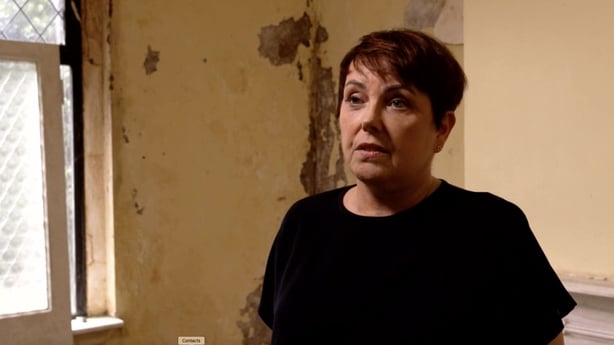
Since speaking to Prime Time, Dublin City Council were in touch with Annette to arrange an inspection. The Department of Housing told Prime Time that the average time to process an application is eight to nine weeks.
No grant can be approved without the local authority first inspecting the property to confirm it meets the criteria; that it is either vacant or derelict. Work cannot commence until approval is given.
Since the scheme launched in July of 2022, three thousand applications have been made, with only four paid out to date.
Annette’s experience is not unique – she’s in a WhatsApp group with 150 others who are going through the same process.
She says a number of themes have emerged, chief amongst them being a lack of consistency across the local authorities.
"One local authority is requiring that if somebody is going to apply for a grant for a derelict house, that house has to be on the derelict site to register. That's one local authority. That's not consistent across local authorities across the country."

The biggest problem people in the group are experiencing is the anxiety of not knowing if they’ll get the grant.
Work has to be completed before the money is handed over, meaning that the homeowner must finance the works themselves. This can create difficulties, as Claire Irwin explains.
"If you have bought a vacant or a derelict property, you're out the initial investment on purchasing the property. You have to carry out all of the works and wait until absolutely everything is completed at the end and it's habitable to draw down the €50,000 or the €70,000 euro grant. That's a difficult situation for homeowners. It would be great if it could be paid in instalments."
If the grant scheme is a carrot, the State also has a number of sticks to help solve the vacancy/dereliction issue. The problem, according to campaigners, is that it’s not really using them.
Dr Frank O’Connor is a Cork-based systems designer who started the Derelict Ireland Twitter account during the Covid lockdowns.
He and his partner Jude Sherry posted pictures of a different derelict building each day in an effort to highlight the problem. "A daily dose of dereliction" as he calls it himself, adding that within two kilometres of Cork city centre they found 700 derelict properties.
"I've learned that there are enough homes, we just haven't got the right measures to bring them back into use. I've learned that the dereliction laws don't work at the moment. They've been in place since 1990, but they're not being enforced," Dr O’Connor said.
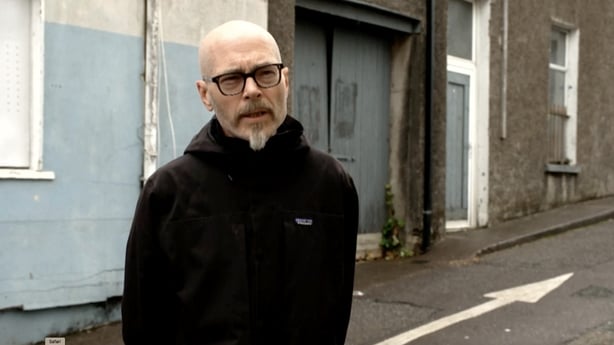
The 1990 Derelict Sites Act allows local authorities to collect a 7% annual levy on the market value of any derelict site from its owner. Dr O’Connor says that local authorities have always struggled to enforce it but, if properly collected, it would make a huge difference. He believes the vacant home tax of 0.3% annually is a positive step but says it’s too low, arguing it should be 3% or perhaps as high as 5%.
Dr O’Connor is also in favour of measures such as compulsory sale or compulsory rent to bring these homes back into general supply but feels we need a cultural shift before that kind of change can take place.
"You're trying to break against the cultural norms and that's a big challenge. Obviously, so you've got cultural resistance. There's always been a focus on the landowners rather than those people who need a home. No one in Ireland should go without a home."
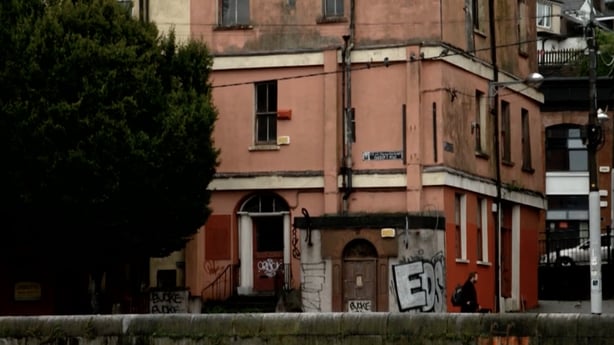
Other countries strictly enforce a fine system on derelict properties. But not everyone is convinced it would have the same effect in Ireland. Some believe that we should incentivise people to invest in old buildings, rather than penalise owners who neglect them.
Cork architect John Hegarty told Prime Time that Ireland has not made it attractive for people to invest in areas with historic buildings and fining existing owners won’t necessarily change that.
"If you do look at Copenhagen or Amsterdam or Aarhus or even Paris, you'll see that the local authority doesn't allow buildings in historic areas or in the city centre to go derelict. They employ penalties as well as grants and positive encouragement. I think that the difficulty with employing penalties in Ireland is that we haven't first created the circumstances to make the investment attractive. Penalties can be received in the wrong way and don't always work."

Many historic buildings and historic areas are being left to moulder and decay in Ireland.
John Hegarty is also part of a campaign dedicated to the preservation and conservation of Ireland’s built heritage. He says we can’t afford to continue as we are currently.
"This country is a romantic place, and that romance is being represented by vacant properties and dereliction in part within our physical environment every day. And the messages aren't good for us and they're not good for those that might invest in Ireland. It's not a good idea to do nothing about this."
Watch the Prime Time piece on derelict and vacant properties, reported by Conor Wilson and produced by Genevieve Brennan, on Thursday August 3 at 9.35pm on RTÉ One, and the RTÉ Player.

